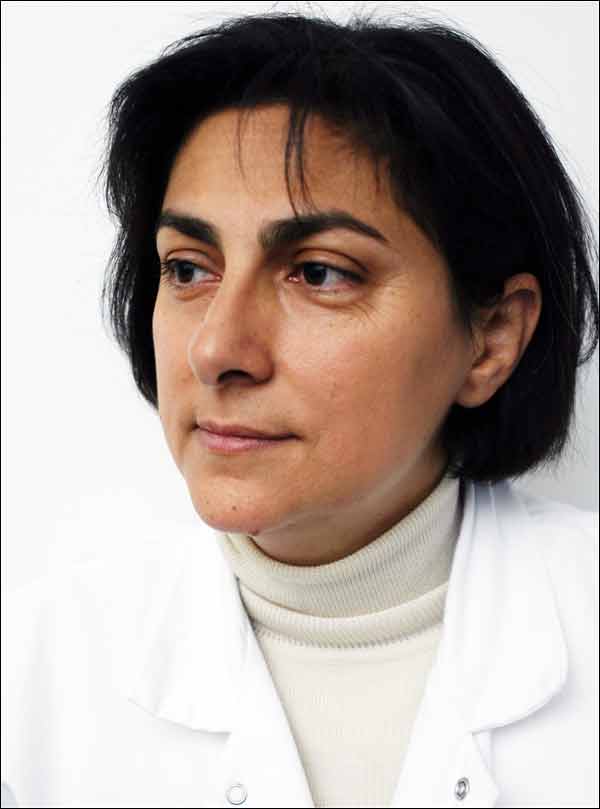New options improve diagnosis, treatment of meibomian gland dysfunction in children
Click Here to Manage Email Alerts
TOKYO — Meibomian gland dysfunction in children is an underdiagnosed or misdiagnosed pathology that needs accurate assessment of clinical signs and symptoms and thoughtful treatment, according to one specialist.
“Prevalence is variable, between 3% and 77%, depending on areas and climates, and seems to be higher in the Asian population. Symptoms in children are numerous, often unclear and can heavily impact on the child’s quality of life,” Dominique Brémond-Gignac, MD, said at the World Ophthalmology Congress.

Dominique Brémond-Gignac
Clinical signs should be evaluated carefully by examining the eyelid margins and ocular surface. Associated skin anomalies might require dermatological assessment. Evaluation of potentially induced dry eye is also important.
“New devices using infrared illumination are now available for precise evaluation of eyelids and meibomian glands. The Cobra system (CSO) has an incorporated software that calculates meibomian gland loss in eyelids and can be easily used in schoolchildren,” Brémond-Gignac said.
Treatment has been dramatically improved by innovative options, she said.
First of all, lid hygiene is essential, and cleansing gels are useful. In place of traditional warm compresses, eye masks and steamed goggles are now available on the market. Flaxseed oil may also be prescribed as a nutritional supplement to improve quality of the meibum.
“In more severe cases, systemic antibiotics such as last-generation macrolides should be prescribed in children who have age-contraindication to cyclins. Recent studies showed efficacy of repeated treatment cycles with topical azithromycin. Topical steroids give good results for the inflammation induced by ocular rosacea but should be used with caution in children to avoid complication. In severe cases affecting the ocular surface, topical cyclosporine provides good results by its anti-inflammatory effects,” Brémond-Gignac said.
Disclosure: Brémond-Gignac has no relevant financial disclosures.
